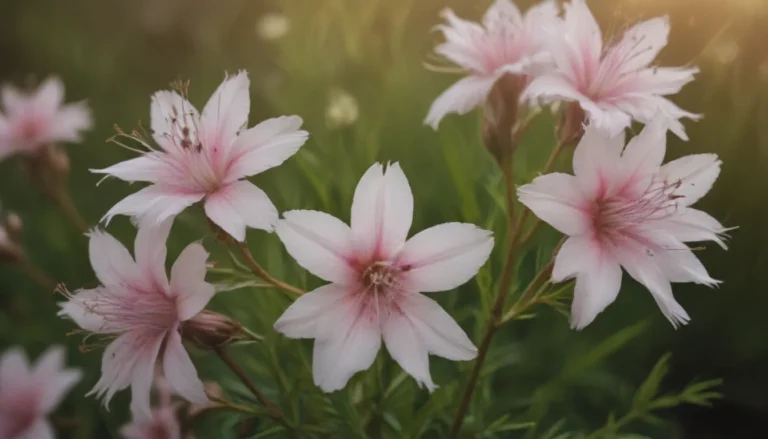How to Grow White Oak Trees: A Comprehensive Guide

If you’re looking to enhance your landscape with a beautiful and valuable tree species, consider planting white oak trees (Quercus alba). These magnificent trees are native to Eastern North America and play a crucial role in the local ecosystem. In addition to being aesthetically pleasing, white oaks provide habitat and food for numerous wildlife species, attract butterflies, support pollinators, and offer a range of commercial uses such as barrel-making and aging spirits like bourbon and whiskey. With proper care and maintenance, a white oak tree can live up to 500 years, making it a long-lasting and rewarding addition to any landscape.
Why Choose White Oak Trees
White oak trees are not only visually stunning but also offer various benefits to the environment and local wildlife. Here are some reasons why you should consider planting white oaks on your property:
- Provide habitat and food for wildlife
- Support pollinators such as butterflies
- Attract birds
- Have commercial uses in barrel-making and spirit aging
- Add aesthetic value to your landscape
Identifying White Oak Trees
Identifying white oak trees is relatively easy, thanks to their distinctive characteristics. Look for the following features to spot a white oak:
- Height: White oaks grow to 50-75 feet tall with a rounded canopy.
- Trunk: They have a large trunk, often 3-5 feet around.
- Bark: The bark is light, scaley gray and flakes off in small pieces.
- Leaves: White oak leaves are simple, alternately arranged, lobed, and 5-9 inches long with rounded tips. In spring and summer, the leaves are dark green on the top and white or pale green underneath. In the fall, they turn reddish-brown.
White Oak Tree Care Tips
To ensure your white oak tree thrives and lives a long, healthy life, follow these essential care tips:
Light
White oaks thrive in full sun, so plant them in a location with ample sunlight for optimal growth and fall colors.
Soil
White oak trees prefer acidic to neutral soil that is deep, moist, and well-draining. Avoid planting them in alkaline or shallow soils.
Water
Water newly planted white oaks regularly during the first season until they establish themselves. Aim for infrequent deep soakings rather than daily watering. Mulching around the base of the tree helps retain moisture and reduce competition from other plants.
Temperature and Humidity
White oaks can tolerate a wide range of temperatures but thrive in USDA Zones 3-9. Ensure they receive an average temperature of around 55 degrees Fahrenheit for optimal growth.
Fertilizer
White oaks generally do not require supplemental fertilization, but it’s essential to test the soil and amend it if necessary. Use a fertilizer with low nitrogen content to avoid weak branch growth.
Pros and Cons of White Oak Trees
While white oak trees offer numerous benefits, they also come with some drawbacks. Consider the following pros and cons before planting white oaks on your property:
Pros
- Provide habitat for wildlife
- Attract pollinators and birds
- Aesthetic value with beautiful fall colors
- Long lifespan (up to 500 years)
Cons
- Messy acorns, especially during masting years
- Large size, not suitable for all landscapes
- Maintenance can be costly, especially pruning
- Susceptible to diseases affecting oaks
Pruning White Oak Trees
Proper pruning is essential for maintaining the health and aesthetics of white oak trees. Here are some tips for pruning your white oak tree:
- Structural Pruning: Train and prune the tree’s branches to establish a straight trunk and prevent breakage.
- Deadwood Removal: Trim any dead or damaged branches to promote healthy growth.
- Timing: Prune your white oak tree in late winter when it is dormant to avoid stress on the tree.
For smaller branches, use pruning shears or loppers, while a pruning saw is suitable for larger branches. Consider hiring a certified arborist for larger pruning tasks to ensure the tree’s safety and health.
In conclusion, white oak trees are a valuable addition to any landscape, providing aesthetic beauty, environmental benefits, and commercial uses. By following proper care practices and being aware of their pros and cons, you can enjoy the beauty and benefits of white oak trees for generations to come. If you have the space and commitment to plant a white oak tree, you’ll be rewarded with a long-lasting and meaningful addition to your landscape.





